Here’s why you should definitely watch Inside Out 2 with your kids: it’s a heartfelt and funny exploration of the daunting phenomenon of growing up that both you and your children can relate to.
It tackles the inevitable poignantly and brilliantly portrays the emotional chaos of adolescence with characters like Anxiety, Embarrassment, and Ennui (Boredom) joining the familiar faces of Joy, Sadness, Anger, Fear and Disgust.
1719562840-3/WhatsApp-Image-2024-06-28-at-12-35-34-PM-(1)1719562840-3.jpeg)
Recurring emotions Sadness, Joy, Envy, Fear & Anger. Image: Disney/Pixar
Watching the protagonist - Riley, navigate her teen years with these emotions in tow offers a great opportunity for you to discuss your own feelings and experiences with your children. Plus, the film’s rich animation and witty dialogue will keep you entertained while being perfectly suitable for younger viewers.
Bonus! - The film features scenes, although brief, into the emotions in the mind of the parents! It’s a comic take on what parents feel and will surely get laughs out of you.
Take it as a touching reminder that everyone, no matter their age, has their own inner emotional world.
Now, onto the review itself.
Pixar’s latest, Inside Out 2, released on June 14th, returns us to the colourful, chaotic and relatable mind of Riley Andersen, now a 13-year-old dealing with the throes of adolescence.
Directed by Kelsey Mann, this sequel cleverly blends family, fantasy, comedy, adventure, and drama into an animated delight that’s both fun and poignant.
Amy Poehler is back as Joy, the ever-optimistic yellow sprite trying to keep things bright. But puberty throws a wrench into Joy's plans, and new emotions take over the control console. Maya Hawke, known for her role in Netflix show Stranger Things takes on Anxiety, a jittery orange character that steals the spotlight, perfectly capturing the essence of teenage nerves. Anxiety’s introduction brings a refreshing, yet relatable, energy to the film. Her takeover of Riley’s mind is visualised in a stunning scene where Riley’s inner turmoil is depicted as a spinning orange whirlpool—one of the film’s standout moments.
While the original Inside Out focused on the upheaval of moving to a new city, Inside Out 2 dives into the universal, terribly awkward experience of growing up. This sequel shines in its portrayal of the emotional rollercoaster that is adolescence. The addition of new emotions like Envy (Ayo Edebiri), Embarrassment (Paul Walter Hauser), and Ennui (Adèle Exarchopoulos) broaden the emotional spectrum in a more complex way that’s both amusing and insightful.
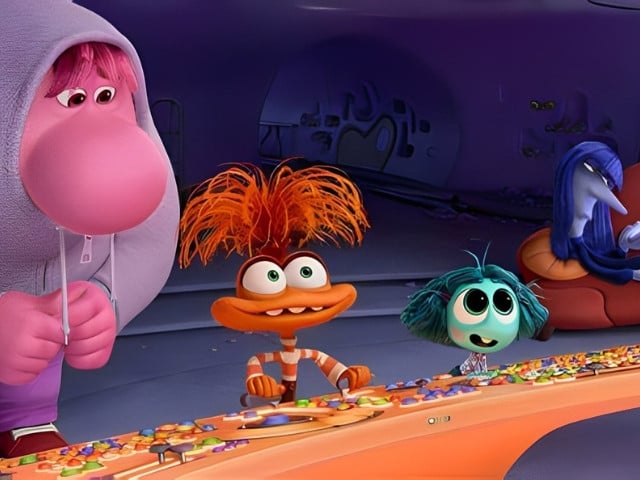
The new emotions introduced in the film. Pictured from left to right; Embarrassment, Anxiety, Envy and Boredom. Image: Disney/Pixar.
One of the film’s strengths is its ability to make these new emotions feel both fresh and necessary. Embarrassment, for example, is depicted as a big, pink character who’s constantly trying to disappear into his hoodie—something any parent of a teenager will recognise immediately. Ennui, with her perpetual boredom and French accent, adds a humorous touch while also highlighting the more nuanced feelings of adolescence. It’s a pretty clever symbol of the impending doom every parent will face - when your kids are more interested in what’s going on in their phones rather than you!
However, I could not help but feel that not all the new emotions get the screen time or development they deserve. Envy, though visually distinctive, feels more like a colourful addition rather than an integral part of the story. This slight imbalance makes some parts of the film feel more cluttered than cohesive.
Joy and Anxiety were given the most screen time, understandably, since the two polar emotions tend to reign supreme in the minds of most teenagers. However teenagers feel angry often, they are always complaining about being bored and ‘having nothing to do’ once they are off from school. Somehow, Pixar got lost in the plot of their storyboard rather than allowing all emotions to take centre stage in Riley’s mind.
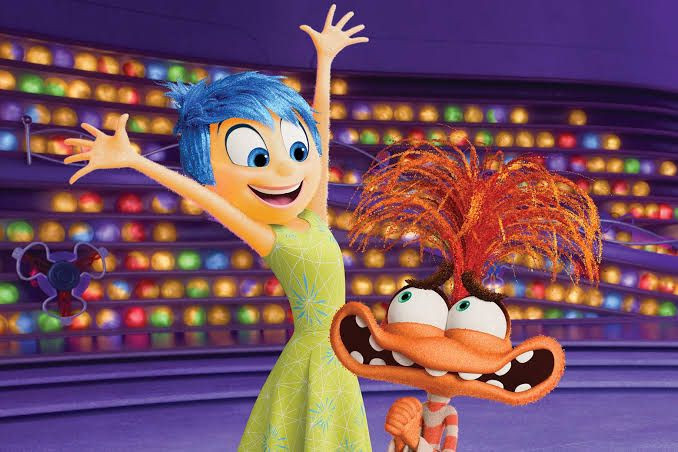
Joy & Anxiety pictured together. Image: Disney/Pixar
Despite this, Inside Out 2 excels in its animation and voice acting. The film’s vibrant visuals are as stunning as ever, capturing the chaos and beauty of the teenage mind. The voice cast, particularly Poehler and Hawke, deliver performances that are both entertaining and emotionally resonant. The dynamic between the emotions is as delightful as in the first film, with plenty of humorous and heartfelt interactions.
The movie avoids delving into more mature themes like crushes or rebellion, making it perfect for younger viewers while still resonating with parents.
If you haven’t been able to have these conversations with your children, younger siblings or cousin, this is a good place to start. If there’s anything you take away from this movie, it should be the encouragement to have a discussion about feelings and growing up. Don’t run away from it because you think they might not understand and are ‘too young’, children are emotive and responsive, give them some credit too!
Maybe Inside Out 2 might not hit the same emotional highs as the original for me, but I do think it offers plenty of laughs, heartfelt moments, and insightful glimpses into the teenage psyche (Riley’s panic attack is a critical scene in the movie).

Riley pictured with her friends, Grace and Bree at Hockey Camp. Image: Disney/Pixar
It’s a must-watch for families and basically anyone who’s ever navigated the rocky road of adolescence. Finally out of their slump, Pixar has crafted a film that’s both entertaining and meaningful, a reminder that everyone, no matter their age, has an intricate inner emotional world worth exploring.


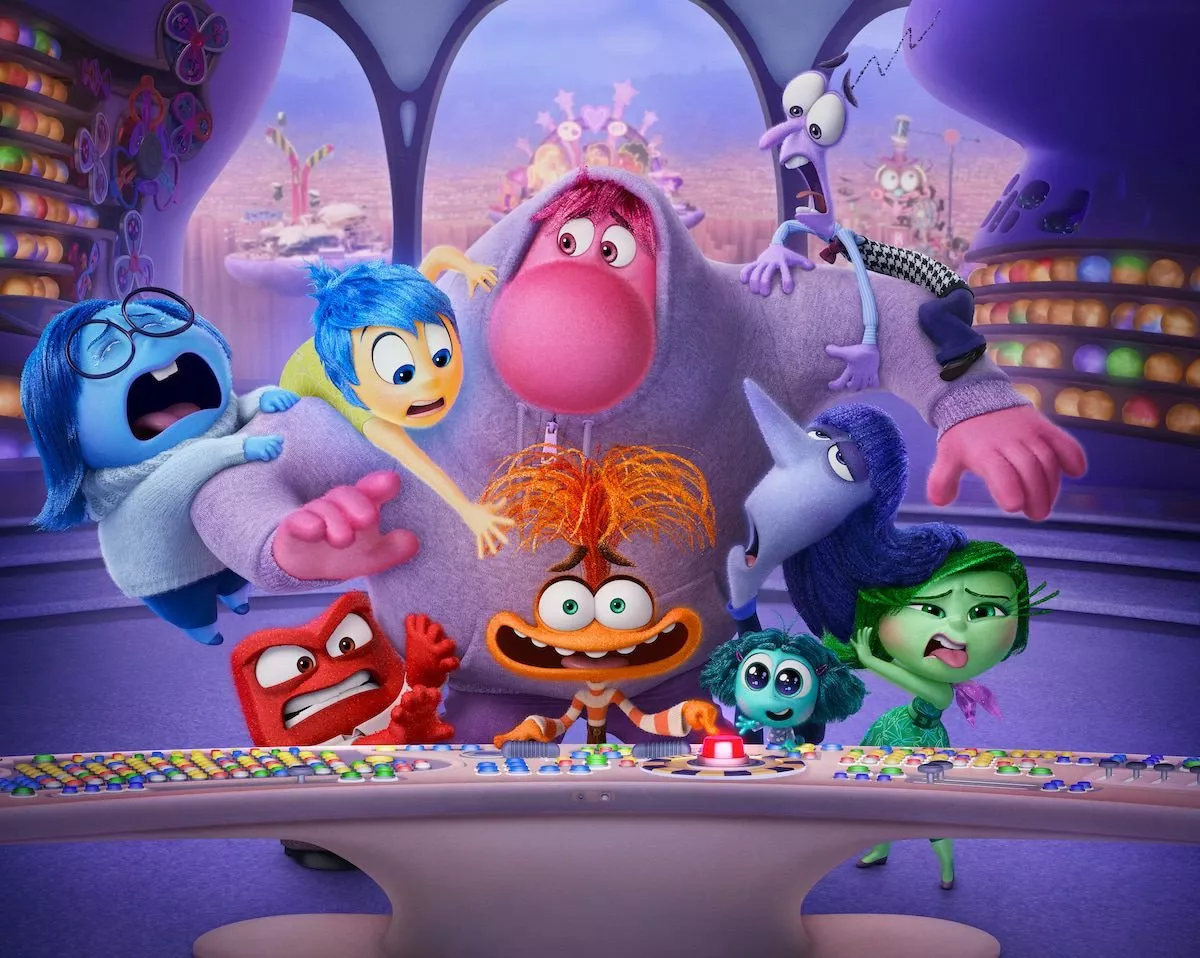

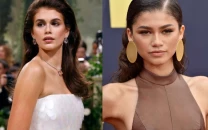


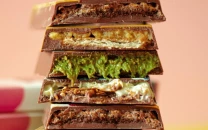

COMMENTS
Comments are moderated and generally will be posted if they are on-topic and not abusive.
For more information, please see our Comments FAQ